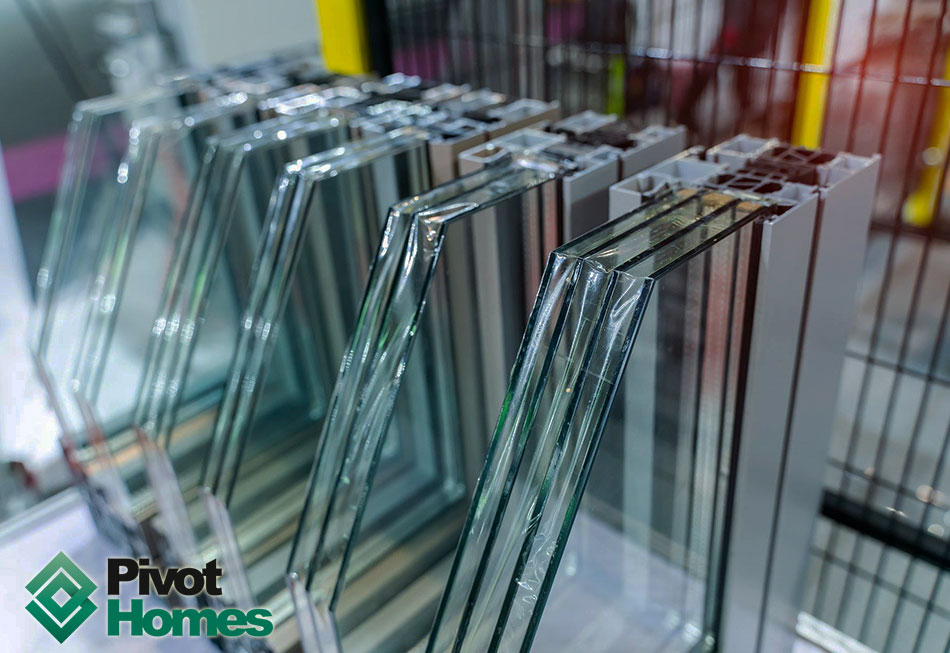All Categories
Featured
Table of Contents
The Best Double Glazing Companies In Canberra in South Lake WA
Laminated glass is often used in areas in the home most prone to injury from human effect such as bathrooms, doors, around staircases and in locations close to the flooring (it fulfills the requirements of 'shatterproof glass' that is mandated for usage in these locations by Australian Basic AS 1288 Glass in buildings).
Toughened glass has been 'tempered' by being reheated and quickly cooled again. This procedure makes it much more powerful than basic glass it can withstand higher impact loads before breaking. It also makes it safer due to the fact that, when it does shatter, it gets into lots of little cubic pieces rather than unsafe shards.
Why Should You Have Double-glazed Windows This Summer? in Coogee Perth
Toughened glass has no thermal or acoustic benefits over other glass of the exact same toning or density. Secondary glazing is where single-glazed windows are retrofitted with a transparent acrylic or glass sheet connected to the within of the frame or openable sash with a secondary frame or with magnetic strips.


Secondary glazing will not perform too thermally as a produced IGU, since it is difficult to completely seal the perimeter, however it can provide great noise control. Window movies are a thin polymer film including an absorbing dye or reflective metal layer, with an adhesive support. They adhere to your glazing to alter its colour or make it reflective.
Glazing And Glass Options - Smarter Homes in Currambine WA
Applied to existing glass, some window movies can halve the overall SHGC of the window by absorbing and/or reflecting solar radiation. This can be particularly helpful in hotter environments where cooling is the primary issue, or on east and west elevations directly exposed to extended periods of sunlight. However, window movies might also reduce visible light transmittance.

For this reason, it is normally best to utilize a certified installer of window movie. Frames have a significant effect on the thermal performance of windows and doors, because energy can be gotten and lost through the frame, in addition to through the glass. Different kinds of frame will permit various levels of heat gain and loss, so mindful choice of frame is very important for effective passive design.
Why Should You Have Double-glazed Windows This Summer? in Kallaroo Perth
Aluminium is likewise a really great conductor of heat and will reduce the insulating worth of a glazing unit, unless specifically engineered to reduce this. A 'thermally broken' frame is made up of 2 aluminium areas connected by a structural insulator (typically a low-conductivity structural polymer). This 'breaks' the thermal connection through the aluminium and minimizes the heat flowing through the frame.
Wood frames are a good natural insulator that can suit some house designs. Lumber frames ought to be made from species that have naturally high sturdiness or be dealt with to prevent decay and contortion.
Keep Cool This Summer Without Overusing Your Aircon. in Yanchep WA
(weather condition removing) is set up.
u, PVC windows and doors have outstanding thermal efficiency Picture: Ben Wrigley (Light House Architecture and Science) Composite frames use aluminium profiles on the external areas with either a timber or u, PVC inner section. These integrate the low maintenance and resilience of aluminium with much improved thermal efficiency.
Table of Contents
Latest Posts
Double Glazed Vs Single Glazed Windows in Wexcombe Perth
Which Is The Best Type Of Double Glazing? - Which? - Which.co.uk in Subiaco Western Australia
4 Benefits Of Double Glazed Windows In The Summer in Champion Perth
More
Latest Posts
Double Glazed Vs Single Glazed Windows in Wexcombe Perth
Which Is The Best Type Of Double Glazing? - Which? - Which.co.uk in Subiaco Western Australia
4 Benefits Of Double Glazed Windows In The Summer in Champion Perth